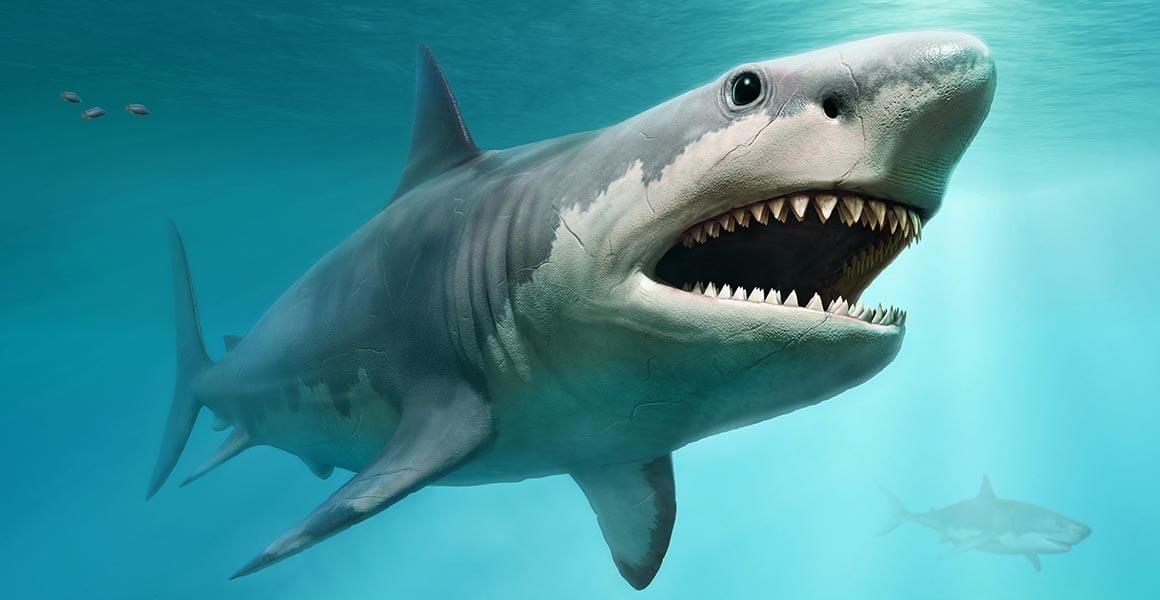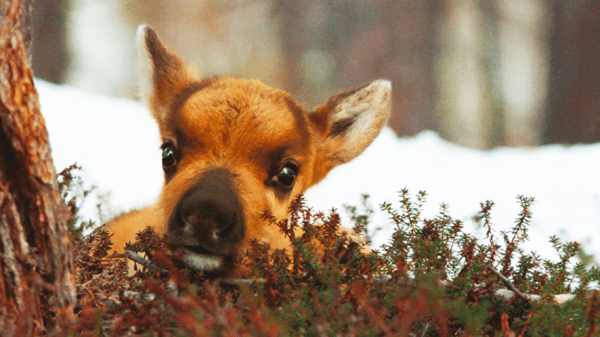A recent study on the megalodon has given scientists and monster-lovers more tantalizing tidbits about the prehistoric creature’s birth and lifelong development. A team of researchers found evidence that megalodons were born huge, ate their unhatched siblings in the womb for nourishment, and emerged from their mothers already prepared to be an apex predator. The report was published on January 11 in the paleobiology journal Historical Biology.
The findings could help scientists learn finer details about the megalodon’s life.
“Results from this work shed new light on the life history of megalodon,” explained study co-author Martin Becker in a press release, “not only how megalodon grew, but also how its embryos developed, how it gave birth, and how long it could have lived.”
What we know about the megalodon
You might know the megalodon from cheesy shark films like The Meg, but these dreadful monstrosities are more than underwater nightmares. They’re an ancient mystery that leaves much to the imagination of people — for better or worse.
Paleontologists don’t know a whole lot about the megalodon other than its size. A big part of that is because there’s so few full skeletons of the giant shark left behind. Shark skeletons mostly consist of cartilage, which is more fragile than bone, so it rarely shows up as fossils. What we have instead are hundreds of megalodon teeth and some vertebrae to make educated guesses from.
The megalodon jaw you might see in a museum or aquarium is usually a model or reconstruction of the jaw based on the size and positioning of the teeth.


A megalodon’s chompers can reach over 7 inches (180 millimeters) in length. Taking the teeth into consideration, scientists have been able to estimate the size of an adult megalodon to approximately 50-59 feet (15-18 meters).
It’s a bit smaller than what you’d see in the movies, but still nothing you’d want lurking below you while you’re swimming in the ocean.
More shark than a shark
The latest research expands on what researchers already knew. Megalodon was big, but was it born big? How long did it take for the shark to reach its size? At what age did most of them die?
The team, led by paleobiologist Kenshu Shimada, sought to answer these questions by using CT scans on fossilized vertebrae to inspect its “growth bands.” These bands are like tree rings, leaving indications of the creature’s annual growth. One band equals one year, so a vertebrae with 30 bands would mean the shark was 30 years old when it died.
The research team used a CT scanner on some vertebrae presumed to be from the same megalodon. The vertebrae had 46 growth bands, making the shark 46 years old at its death. From there, the team calculated backwards to figure out the size of the megalodon at the time the bands were created. They estimated that this megalodon was already larger than an adult human by the time it was born — about 6.6 feet (2 meters) in length. The long length supported the hypothesis that megalodon pups were born live (similar to great white sharks). It also meant these babies were the largest baby sharks in the shark world.

It likely reached this initial size thanks to some competition in the womb. When a shark is born “live,” it means the baby hatched from its egg inside the mother. Then, it begins to grow and nourish itself within the womb by eating its unhatched siblings. This is called oophagy, and it’s not uncommon to see amongst sharks that give live birth.
Being born so big is a huge advantage for the baby megalodon. It’s already on the path to becoming an apex predator just because it’s too large to be eaten by other predators. From there, the fossils further suggested that the megalodon didn’t experience any major growth spurts to reach its full-grown, adult size. It maintained a steady growth rate of about 6.3 inches (16 centimeters) per year, which would put its life expectancy at around 88-100 years.

As with all science experiments, there are a few potential flaws about this study. Jack Cooper, a shark researcher who wasn’t involved in the research, pointed out to The New York Times that some of these calculations were based on data obtained in the 90s, when scientists over-relied on great white shark anatomy to fill in parts of the megalodon they didn’t know. This could create an underestimate of what the megalodon was actually like.
Furthermore, the study only focused on one megalodon specimen, noted Dr. Allison Bronson, a researcher who specializes in the evolution of fish. She was not involved with the study but provided input for The New York Times, and believed researchers should take caution in assuming one megalodon was representative of all megalodons.
“There’s a lot of variation in fishes,” Dr. Bronson told the paper. “Even fish of the same age, same species, can grow at really different rates and reach really different sizes.”
Still, the recent data on the megalodon has already broadened what we know about this species of giant shark. Perhaps further studies will have the added bonus of making megalodon movies more accurate as well. But still terrifying, of course. They are definitely still terrifying.
More on Plex:
Saving Jaws
...

Dinosaur George podcast
Stuff You Should Know: How Megalodon Worked













































